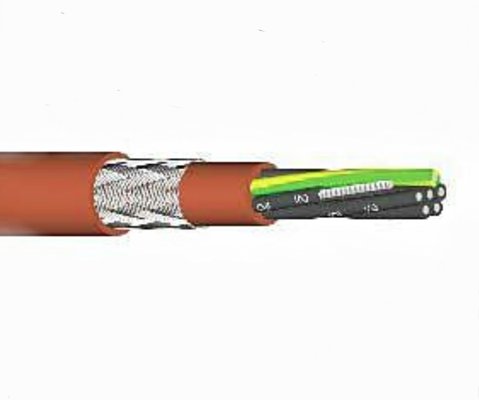GG1
Member
- Messages
- 142
- Location
- Dunblane, Scotland
Hello,
I'm new here. I stumbled upon this topic while doing some additional research of the JD's Garage plasma cutter.
So I said to my self why not to contribute and share some, ideas, problems etc. of my build.
While mounting and adjusting the Y bearing blocks I was having some troubles. Now when pretty much all of the mechanics are put together I noticed that one of the fixed shaft bearings is not in contact with the tube.
I'm not 100 % sure but I think it's like that from the beginning. As far as I remember I was not able to set the preloads so that it would make contact with the tube despite doing it block by block (removed from gantry).
I don't know why that happened. Maybe it was because of some strange hole misalignment. I did need to manually ream (with a 8 mm reamer) the holes in order to fit the rods.
I don't like the actual design, because it's virtually impossible to remove the rods. They overlap each other which makes drilling a hole from the other side impossible and it's also not possible to grab them and pull them out, especially with a tight fit.
Do you think that is it worth taking it apart again or leave it as it is, as it shouldn't make any difference?
My modifications are the following:
-Extended to maximum working area as per the plans.
-Galvanized metal tubes instead of raw ones. (Should be better than paint and it was way cheaper then stainless.)
-Custom plastic inserts with leveling fit.
-Longer legs for normal working height.
-Bottom leg braces for the rigidity and a shelf in order to put the Power source and water tank on.
-Rivet nuts instead of plastic spacers and nuts. (Those spacers are a poor design if you asked me, because you basically put zero force on the tube. Spacers should be inside the tube as I made them for the X axis. 3D printed block with tight fit, a hole and a relief groves for the tube seem.)
-Counterweight for the X axis. (I welded it together then while making the 3D printed end covers I said to my self it looks like something, so why not.)
-Custom tensioners (Original design has no flat surface for the mounting bolts heads to lay on.)
-X axis belt guides holes with threads only in the plastic part, because it makes no sense to have a thread in both (metal and plastic) and then you put a screw through both. That will work only if you tap them when assembled, otherwise it would cause a cross-thread.
-GX12 connectors with custom enclosures.
-Local made controller with torch height control.
I'm waiting for the electronics cabinet to arrive, so that I can start with wiring. I also need to figure out the pan dimensions so that I can order the cutting and bending of the edges. That way I will weld only the vertical edges which will save me time and prevent distortions. It will probably also minimise the probability of a leaky weld.I wonder what thickness of steel to use for the pan, because I have quite a big span? It will only hold the water (slats go from edge to edge, so it will be supported by the rails), but this is going to be quite some mass? Maybe I will need to weld some reinforcements on the bottom of the pan.

Hello, looks like some very nice work you're doing there...
I didn't experience any problems with lack of contact with the bearings, and seem to have the opposite of what you have - the rods fall out and bearings/washers go all over the place very easily. I did ream out the holes/slots the rods are held in so that they move freely (possibly too freely).
Sorry not sure about how thick for the pan sheet metal, but I could imagine it would need some support to help hold the weight of all the water - I have seen people put a lot of water in to aid with cooling the workpiece with the splashback.
How are you doing the Torch Height Control?






